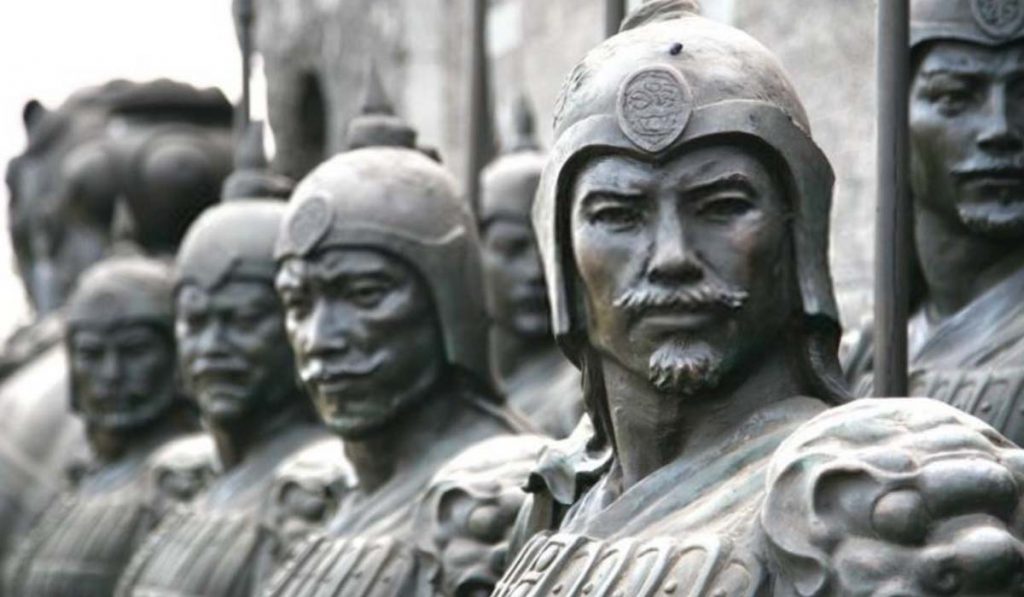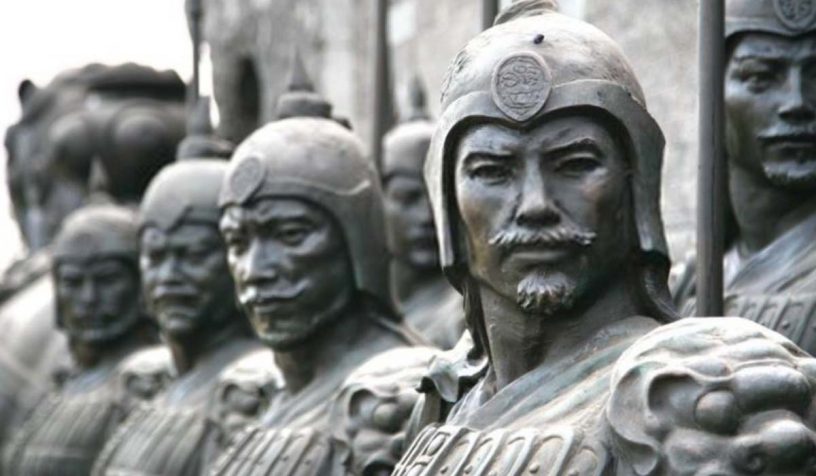
While China presents itself as a historical victim of foreign conquests, Beijing has shown itself willing to use force to seize territory that it sees as its own, writes the author.
Author
Sriparna Pathak, Associate Professor, Jindal School of International Affairs, O.P. Jindal Global University, Sonipat, Haryana.
Summary
The modern concept of territorial sovereignty dates at least to the Peace of Westphalia in 1648, a set of agreements to end one of Europe’s bloodiest wars, but its relevance to international politics shows no signs of waning. This is especially true when it comes to understanding the rise of India and China, and the fraught bilateral relationship that exists between them. Before 2020, IndiaChina relations were largely a mixture of cooperation and conflict.
Since last year, however, the relationship has undergone a sea change. In India, voices in favor of cooperation have been swept away by Chinese aggression along their shared border.
Over a year since the deadly clashes of May-June 2020, the Chinese army still occupies Indianclaimed territory and refuses to budge. At the same time, however, Chinese leaders tell their Indian counterparts not to let the boundary issue—in India’s view, China’s violation of Indian territorial sovereignty—affect overall bilateral.
On its face, this is a puzzling treatment of sovereignty issues from Chinese officials, seemingly ignoring the strength of feeling inside India that the border dispute must be resolved in a just fashion.
The question presents itself: What exactly is the Chinese understanding of territorial sovereignty? Is China’s appetite for territorial expansion growing, whether in the South China Sea, vis-à-vis Taiwan, or in Central Asia? And does China’s understanding of territorial sovereignty breach with that of the rest of the world? An analysis of China’s approach to the Sino-Indian border can help answer these questions.
Published in: Journal of Indo Pacific Affairs, U.S. Air force.
To read the full article, please click here.


